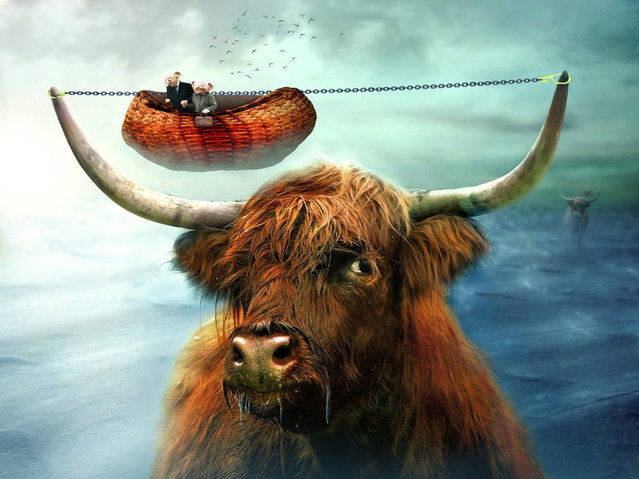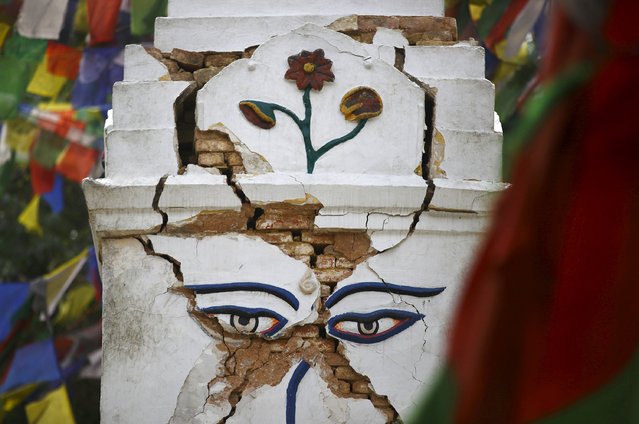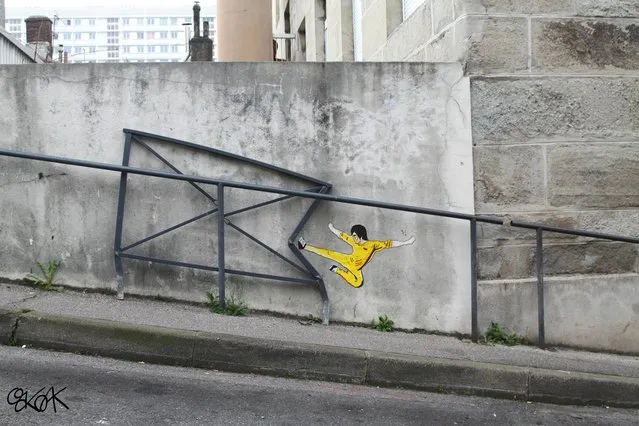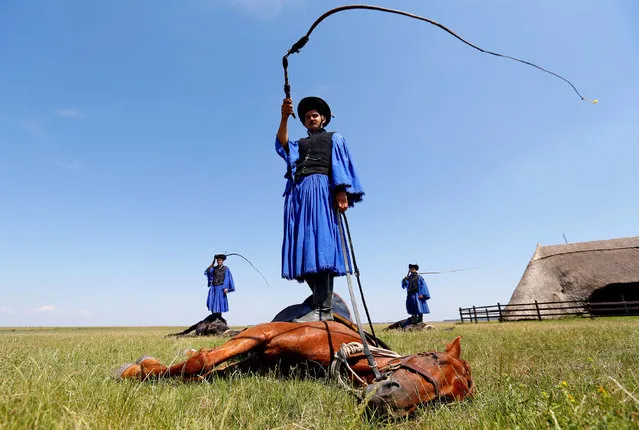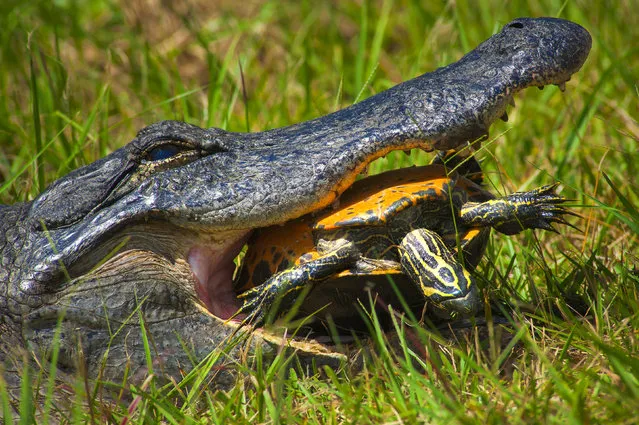
The alligator trying to crack the turtles tough shell. These incr-edible pictures by Patrick Castleberry capture a real-life mutant ninja turtles hardy victory over a mighty ALLIGATOR during an exhaustive battle of brute strength.
28 Mar 2015 09:34:00,post received
0 comments


